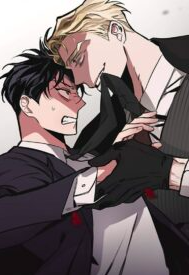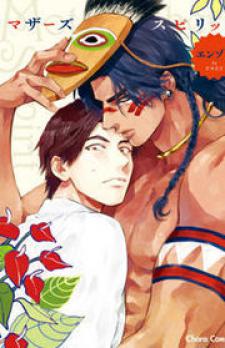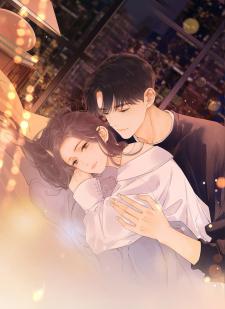Summary
Roses and Champagne: Unveiling the Intricate World of a Captivating Manga
Introduction: A Manga of Power, Intrigue, and Unexpected Encounters
In the rich landscape of contemporary manga storytelling, “Roses and Champagne” emerges as a compelling narrative that explores the complex intersections of law, politics, and criminal underworlds. The story of Lee Won, a struggling lawyer, and his fateful encounter with City Councilor Zdanov and the formidable mafia boss Caesar, offers readers a gripping exploration of power dynamics and hidden social mechanisms.
The Protagonist: Lee Won – A Lawyer Navigating Treacherous Waters
Lee Won represents a classic manga protagonist – a principled individual caught in a system that constantly challenges his moral integrity. As a lawyer operating on the margins of society, his character embodies the classic manga archetype of the underdog fighting against overwhelming odds.
Character Development and Narrative Tension
The manga brilliantly develops Lee Won’s character through:
– Subtle character interactions
– Intricate plot developments
– Moral dilemmas that test his principles
City Councilor Zdanov: A Multifaceted Antagonist
The character of City Councilor Zdanov is far from a one-dimensional villain. The ongoing conflict regarding Nikolai’s commission reveals a complex political landscape that goes beyond simple good versus evil narratives.
Manga Storytelling Techniques
“Roses and Champagne” employs sophisticated storytelling methods:
– Layered character motivations
– Nuanced political intrigue
– Visual storytelling that reveals character depth beyond dialogue
The Mafia Dimension: Caesar and the Art of Power
The introduction of mafia boss Caesar adds a thrilling dimension to the narrative. His presence transforms the story from a simple legal drama into a complex exploration of power structures.
Manga’s Unique Approach to Organized Crime
The manga distinguishes itself through:
– Sophisticated portrayal of criminal networks
– Psychological depth of characters
– Exploration of moral gray areas
The Extraordinary Meeting: A Pivotal Narrative Moment
The description of the meeting as “extraordinary” is a masterful narrative device. It creates immediate tension and intrigue, compelling readers to delve deeper into the story’s mysteries.
Visual and Narrative Symbolism
Manga artists often use such moments to:
– Create visual metaphors
– Build narrative suspense
– Reveal character relationships through subtle interactions
Genre and Artistic Style
“Roses and Champagne” appears to blend multiple manga genres:
– Political thriller
– Crime drama
– Psychological narrative
The artwork likely emphasizes:
– Detailed character expressions
– Atmospheric background settings
– Strategic use of panel layouts to build tension
Themes Explored in the Manga
Beyond its surface narrative, the manga delves into profound themes:
– The nature of power
– Institutional corruption
– Personal moral choices
– The blurred lines between legal and criminal worlds
Character Relationships: A Complex Web
The interactions between Lee Won, Zdanov, and Caesar are not just plot devices but intricate explorations of human relationships:
– Power dynamics
– Unspoken negotiations
– Strategic alliances
The Broader Manga Landscape
“Roses and Champagne” seems to contribute to a growing trend of mature, complex manga that:
– Challenge traditional storytelling norms
– Offer sophisticated narrative experiences
– Explore societal complexities
Conclusion: More Than Just a Story
This manga promises to be more than a simple narrative. It’s a sophisticated exploration of human nature, institutional power, and the choices individuals make when confronted with complex moral landscapes.
What Readers Can Expect
– Intricate plot developments
– Deep character studies
– Unexpected narrative twists
– Artistic storytelling that goes beyond genre conventions





